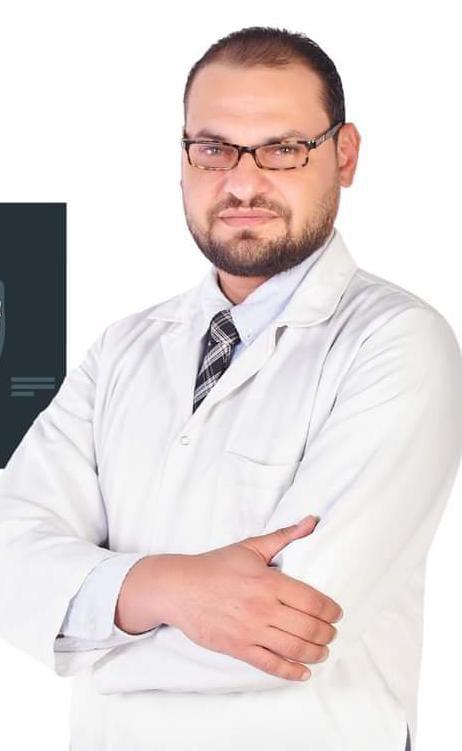The spine is the foundation of the human body and is one of the most vital parts that support the body and maintain its stability. It consists of a series of vertebrae that surround and protect the spinal cord, allowing movement and balance. However, many people suffer from spine problems due to various factors such as injuries, stress, or genetic factors. In this article, we will provide you with a comprehensive guide to spine problems, their causes, symptoms, treatment methods, and prevention tips.
What Are Spine Problems?
Spine problems encompass a wide range of conditions that affect the vertebrae, ligaments, spinal discs, and spinal cord. These problems can range from mild pain to severe conditions that require medical or surgical intervention. These issues include:
Herniated Disc: This refers to a problem with the intervertebral discs located between the vertebrae, where the disc may bulge or rupture, putting pressure on the nerves and causing severe pain.
Spondylolisthesis: This occurs when one vertebra slips out of place and causes pressure on the nerves.
Arthritis: The wear and tear of the spinal joints can lead to chronic pain and difficulty in movement.
Scoliosis: This is an abnormal curvature of the spine that results in an unnatural bend.
Cervical or Lumbar Disc Issues: Damage or degeneration of discs in the neck or lower back regions.
Spinal Compression: This happens when excessive pressure is applied to the spine, resulting in severe pain and limited movement.
Causes of Spine Problems
There are various causes of spine problems, including:
Injuries: Accidents or falls can result in fractures or tears in the vertebrae or discs.
Aging: As we age, the spine undergoes natural wear and tear, leading to the degeneration of discs and joints.
Excessive Strain: Lifting heavy weights or sudden movements can damage the vertebrae or nerves.
Prolonged Sitting: Poor posture during long periods of sitting can increase pressure on the lower vertebrae.
Scoliosis: Some people are born with a spine that curves abnormally, leading to problems later in life.
Obesity: Excess weight puts additional strain on the spine and intervertebral discs.
Genetic Factors: Some spine issues can be hereditary, such as scoliosis or osteoporosis.
Symptoms of Spine Problems
The symptoms of spine problems vary depending on the type and severity of the condition, but common symptoms include:
Back or Neck Pain: The pain may be constant or sudden.
Numbness or Tingling: You may experience numbness or tingling in the arms or legs due to nerve compression.
Muscle Stiffness: Tension or stiffness in the muscles around the spine.
Difficulty Moving: Movement may become challenging due to pain or stiffness.
Muscle Weakness: Nerve compression can cause weakness in the surrounding muscles.
Spinal Deformities: Conditions like scoliosis may cause visible abnormal curves in the spine.
Treatment Methods for Spine Problems
Treatment plans vary depending on the type and severity of the spine issue, and may include:
Conservative (Non-Surgical) Treatment:
Rest: Taking breaks to relieve pressure on the spine.
Pain Relievers: Medications like NSAIDs can help reduce pain and inflammation.
Cold and Heat Therapy: Applying ice or heat packs to reduce swelling and ease pain.
Physical Therapy: Exercises to strengthen the muscles and improve flexibility and movement.
Massage Therapy: Helps in relieving muscle tension and improving circulation.
Weight Management: Reducing excess weight to lessen the strain on the spine.
Surgical Treatment:
In severe cases, such as a herniated disc or vertebral fractures, surgery may be necessary, including:
Removing the protruding part of the disc.
Spinal fusion: To stabilize damaged vertebrae.
Disc replacement: Replacing a damaged disc with an artificial one in advanced cases.
When Should You See a Doctor?
You should see a doctor if you experience any of the following:
Severe or persistent pain in the back or neck.
Difficulty in moving or bending.
Numbness or tingling in the arms or legs.
Unexplained muscle weakness.
Dizziness or loss of balance.
Swelling or redness around the spine.
Preventing Spine Problems
Prevention is always better than treatment, and several measures can be taken to reduce the risk of spine problems:
Maintain Proper Posture: Make sure to sit and stand with good posture, especially during long periods of sitting.
Exercise Regularly: Strengthening the muscles surrounding the spine helps improve stability and support.
Lift Properly: Avoid improper lifting techniques that can stress the spine.
Sleep on a Comfortable Mattress: A good mattress helps maintain spinal alignment during sleep.
Avoid Smoking: Smoking can impair circulation and affect spinal health.
Choosing the Right Doctor for Spine Treatment
If you are experiencing spine problems, it’s essential to choose a doctor who specializes in orthopedic surgery or sports medicine. Make sure the doctor has sufficient experience in treating spine issues and uses modern techniques for treatment.
In Conclusion
Spine problems are common conditions that can significantly affect quality of life. However, with proper treatment and ongoing care, you can reduce pain and regain mobility safely. Don't delay in seeking treatment for spine issues—take the right step towards recovery today. Choose the right doctor for your needs through our website!















